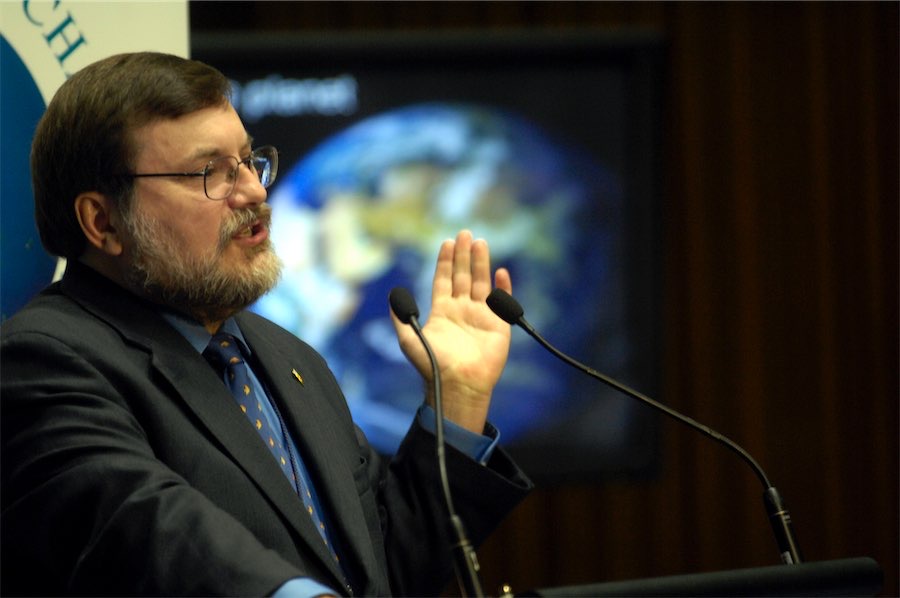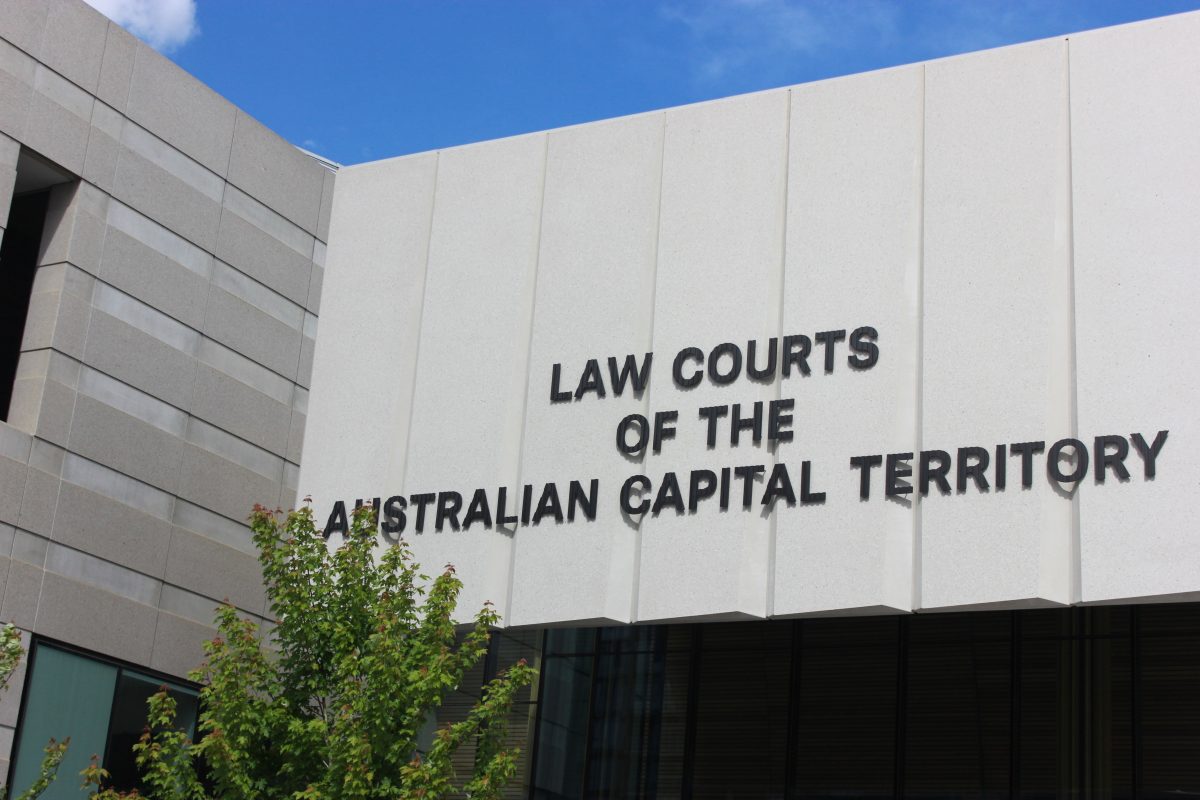
By Andrew Brown in Canberra
Australia’s top scientist faces a showdown with a future coalition government, casting doubt on the opposition’s plan to establish nuclear energy.
Oceanography professor and former CSIRO chief Tony Haymet has been named new Australian chief scientist, to provide independent advice and research to the federal government.
Prof Haymet, a former director of the Scripps Institution of Oceanography and chief of marine research at the CSIRO, said the appointment was a “job of a lifetime”.
But the chief scientist is concerned about a coalition proposal to establish seven nuclear power plants in Australia in the next decade using small modular reactors.
Prof Haymet said he backed a CSIRO report, which said the proposal did not provide the most effective solution for low-emissions energy, despite Opposition Leader Peter Dutton criticising the findings.
“I was quoted as saying I’d like to go and see (a small modular reactor). The fact that I can’t means they don’t exist yet,” he said in Canberra on Tuesday.
“You may not be surprised to hear that I think the CSIRO report is a very fine piece of work. I don’t know of any mistakes in it.
“The evidence (on small modular reactors) is not looking positive in the short term.”
Prof Haymet said the nuclear industry needed to demonstrate it could build a reactor on time and ensure it operated safely.
“The nuclear industry has accepted the fact that they have to rebuild their social license to operate,” he said.
Prof Haymet in 2022 shared an article on social media which labelled nuclear energy as slow, expensive and would not help meet emissions reduction targets.But Mr Dutton said he was not concerned by the chief scientist’s comments, noting other western countries had the energy source.
“The chief scientists in the United States, the United Kingdom, in Canada, what do they know? What do the ministers there know that you know or don’t know that (Energy Minister) Chris Bowen somehow has worked out,” he said in Western Australia.
“It just doesn’t make sense.”
The incoming chief scientist would be “exceptional” in the role, Science Minister Ed Husic said.
“He’ll hit the ground running and do a terrific job championing scientists and researchers in this nation and championing their work,” he said.
Prof Haymet will take over as Australia’s chief scientist from Cathy Foley, who finished in December.
He is the 10th person to be named as chief scientist and will serve a three-year term.
The Australian Academy of Science’s president Chennupati Jagadish congratulated Prof Haymet’s appointment.
“Professor Haymet has made outstanding contributions to Australian and international science, its application and philanthropy,” Professor Jagadish said.
Who can be trusted?
In a world of spin and confusion, there’s never been a more important time to support independent journalism in Canberra.
If you trust our work online and want to enforce the power of independent voices, I invite you to make a small contribution.
Every dollar of support is invested back into our journalism to help keep citynews.com.au strong and free.
Thank you,
Ian Meikle, editor









Leave a Reply